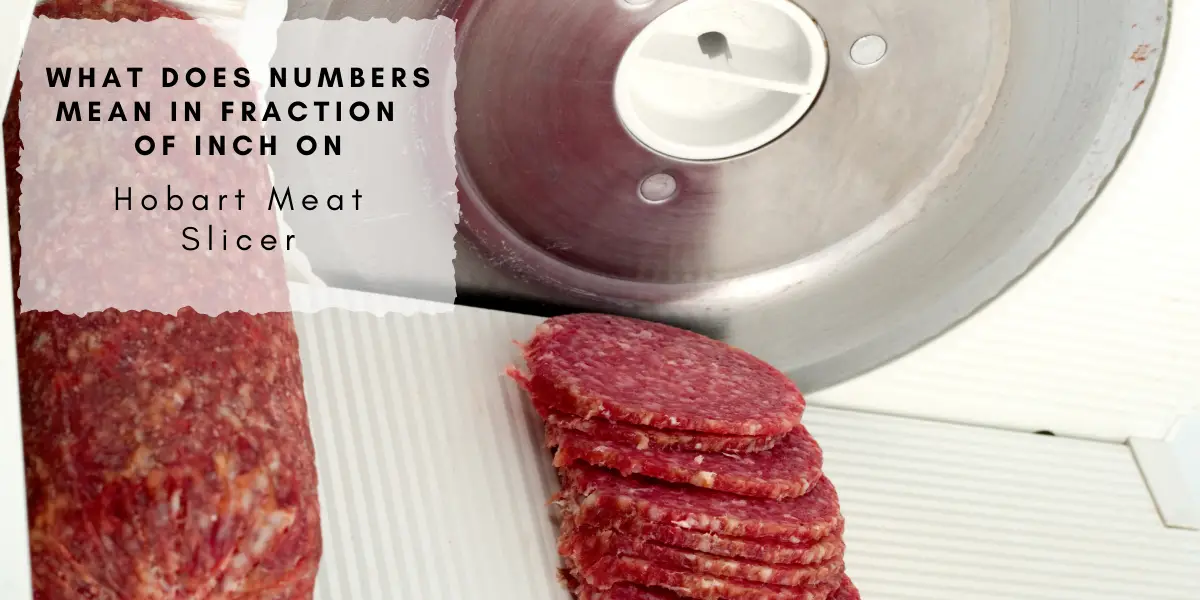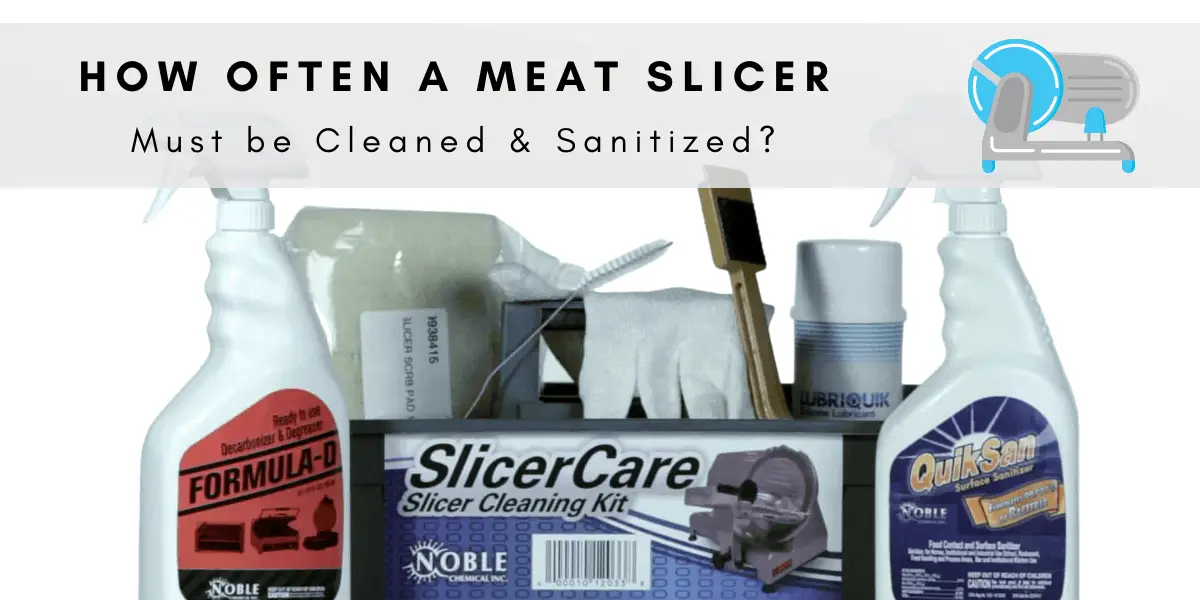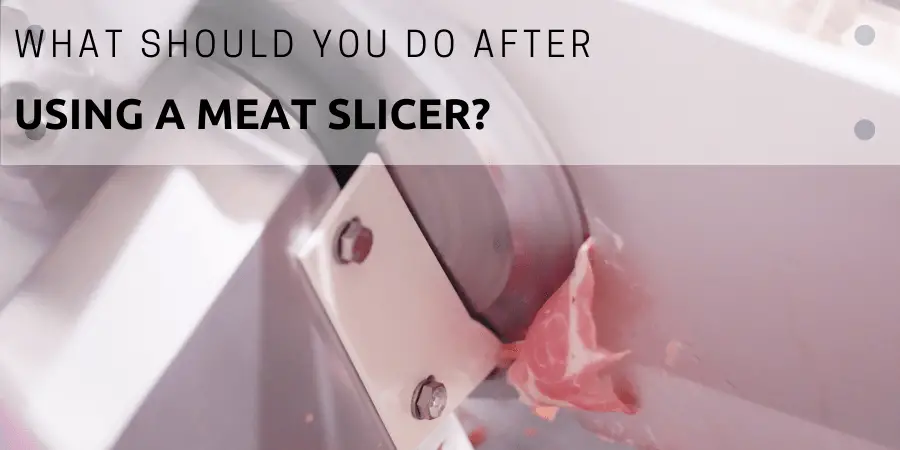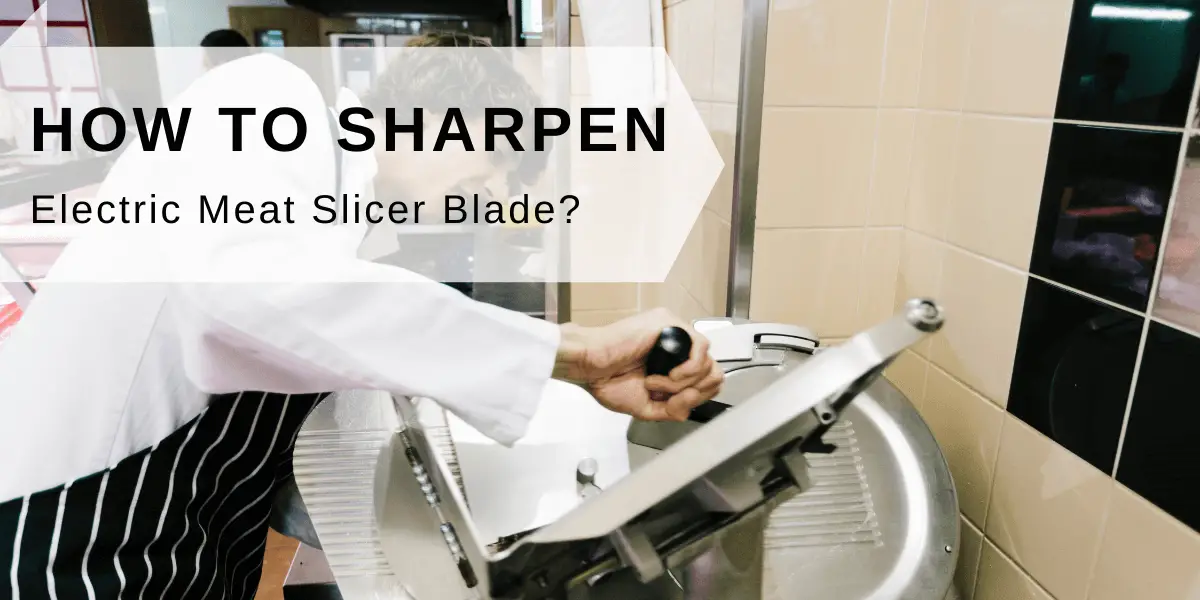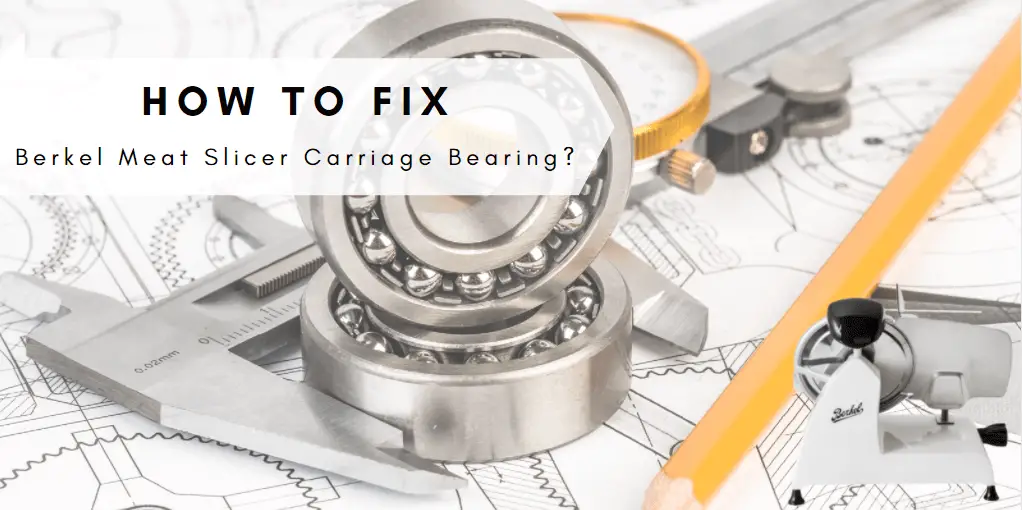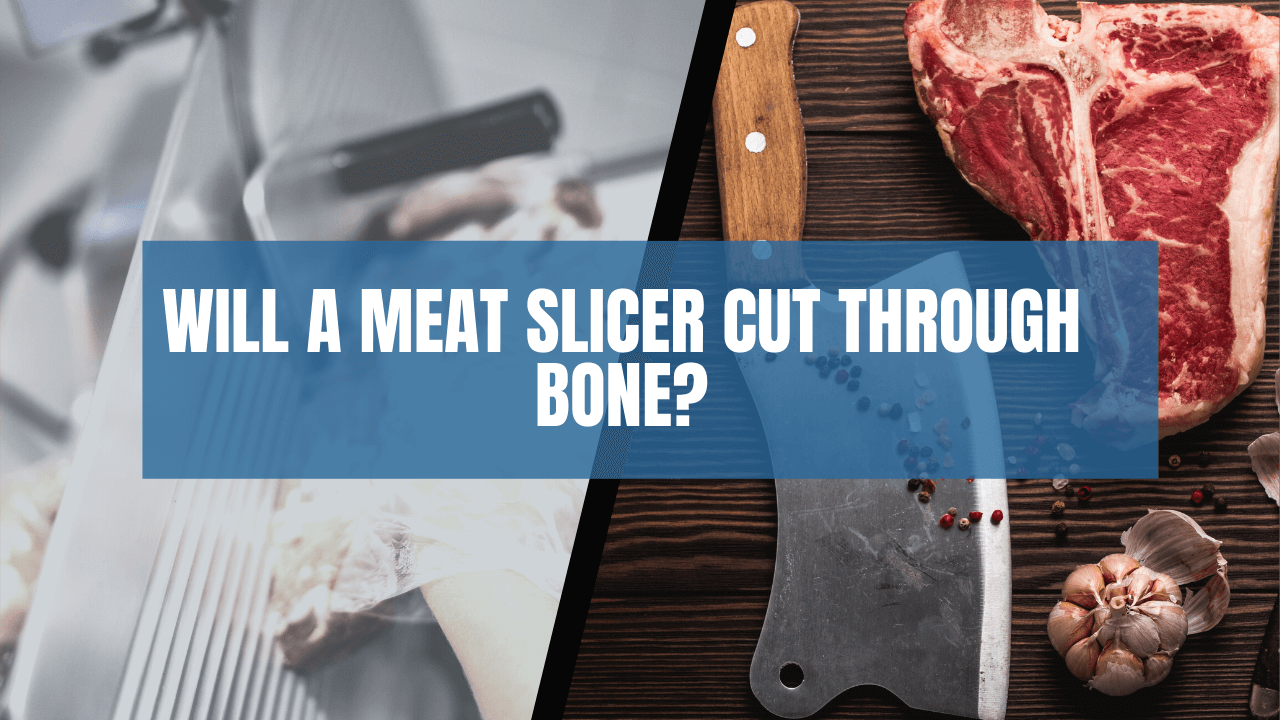Meat mincer’s safety instructions provide guidelines and precautions for using meat mincers safely and responsibly. These instructions include important safety measures such as avoiding contact with moving parts, proper lighting, not overloading the mincer, and using safety guards. They also cover general safety precautions like keeping the appliance away from children, using original parts, and proper cleaning procedures. Following these safety instructions ensures a risk-free and enjoyable meat-mincing experience in the kitchen.
What is a Meat Mincer?
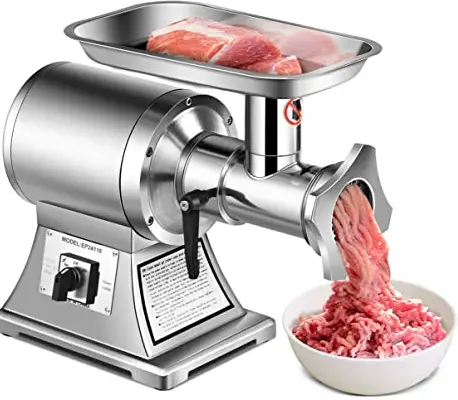
A meat mincer, also known as a meat grinder, is a kitchen appliance used to finely chop or grind meat into smaller pieces. It consists of a hopper where the meat is fed, a grinding mechanism, and a collection tray. Meat mincers come in different types, including manual, electric, and stand mixer attachments. They offer the convenience of preparing freshly ground meat at home, allowing you to control the quality, texture, and flavor of your minced meat.
Important Safety Instructions for All Meat Mincers
To ensure your safety and protect your appliance from damage, it is essential to follow these crucial safety guidelines when using any meat mincer:
Adequate Lighting:
Always use the mincer in well-lit areas to ensure clear visibility and prevent accidents.
Moving Attachments:
Avoid touching the moving attachments while the mincer is in operation. This reduces the risk of injury and keeps your hands safe.
Flammable or Explosive Materials:
Never install or use the mincer near flammable or explosive materials. This prevents potential fire hazards and ensures a safe working environment.
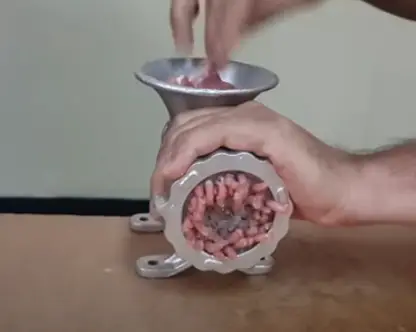
Machine Capacity:
Do not overload the mincer with excessive amounts of meat. Load an appropriate amount based on the mincer’s capacity to prevent strain on the machine and maintain optimal performance.
Safety Guards:
Keep the safety guards intact and properly positioned throughout the mincing process. These guards provide an added layer of protection and prevent accidental contact with moving parts.
Fire Safety:
In the event of a fire or flame where the mincer is being used, immediately turn off gas valves and electric switches. Use a fire extinguisher to extinguish the fire, avoiding the use of water as it can worsen the situation.
Earthing Connection:
Ensure the mincer is properly grounded to avoid any electrical hazards. This helps protect against potential electrical malfunctions and maintains warranty coverage.
Feeder Hole:
Never touch the feeder hole without wearing protective equipment, such as gloves or pushers. This prevents any accidental injuries while feeding the meat into the mincer.
General Safety:
Comply with international safety standards when operating the mincer. Additionally, supervise individuals who may be inexperienced or impaired to ensure their safety while using the appliance.
Child Safety:
Keep the mincer out of the reach of children and ensure they are supervised at all times. Minimizing access to the appliance prevents accidents and potential injuries.
Equipment Condition:
Do not use the mincer if the power cable, blades, or the appliance itself is damaged. Using damaged equipment can lead to malfunctions, safety hazards, or further damage.
Original Parts:
Use only original parts or those recommended by the manufacturer for your specific mincer model. This ensures compatibility, optimal performance, and reduces the risk of accidents.
Dismantling:
Avoid attempting to dismantle the mincer yourself. Disassembling the appliance may require professional expertise and improper handling can lead to damage or malfunction.
Power Supply:
Ensure that your mains power supply matches the specifications provided on the mincer’s rating plate. This prevents potential electrical issues and ensures safe operation.
Extension Cord:
Avoid using the meat mincer with an extension cord. Directly plugging it into a wall outlet is recommended to maintain optimal power flow and prevent electrical hazards.
Unplugging:
Always remember to unplug the meat mincer from the power supply before cleaning, disassembling, or replacing any parts. This prevents accidental starts or electrical mishaps during maintenance.
Wet Hands:
Avoid touching the plug or mincer with damp hands. Moisture and electricity do not mix well and can lead to electrical shocks or damage to the appliance.
Cleaning:
After use, thoroughly dry the meat mincer and all its parts before reassembly and connection to the power supply. Moisture can damage electrical components and increase the risk of electrical hazards.
Immersion:
Never immerse the meat mincer, power cable, or plug in water or any other liquid. Water contact can damage the electrical components and pose a significant safety risk.
Hot Surfaces:
Avoid placing the meat mincer or any of its parts on or near hot surfaces. Heat can cause damage to the appliance or create a fire hazard.
Stability:
Operate the meat mincer on a solid and flat surface to ensure stability during use. This prevents accidental tipping or movement that can lead to injuries.
Supervision:
Never leave the meat mincer unattended while it is in operation. This is important to prevent any accidents or issues that may arise during the mincing process.
Ingredient Feeding:
Use the provided pusher or stomper to feed ingredients into the meat mincer. Avoid using your hands or any other objects, as this can lead to injuries or damage to the appliance.
Proper Usage:
Familiarize yourself with the limitations of your meat mincer. Avoid processing hard ingredients such as bones and gristle, as these can damage the machine or cause safety hazards.
Packaging Materials:
Store packaging materials out of the reach of children. These materials can pose choking hazards or cause accidents if not properly handled or disposed of.
Child Accessibility:
Keep the meat mincer and its power cable out of the reach of children. Children should never have access to the appliance unsupervised to prevent accidents or injuries.
FAQs:
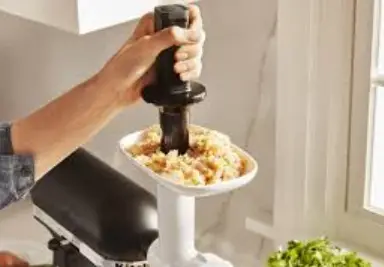
Can I use my hands to feed meat into the grinder?
No, it is crucial to use the pusher or stomper provided with the mincer to prevent serious injury.
Can I grind bones or hard ingredients with my meat mincer?
It is not recommended to grind bones or hard ingredients, as this can damage the equipment. Stick to grinding meat and softer ingredients.
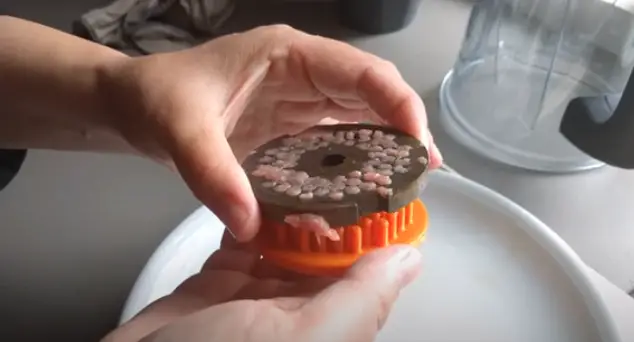
How should I clean the meat mincer?
Unplug the mincer, let it cool down, and disassemble it for cleaning. Follow the manufacturer’s instructions for the specific cleaning procedure.
Are meat grinders safe for use by children?
No, meat grinders should always be kept out of the reach of children and operated under adult supervision.
What should I do if the meat mincer or its parts are damaged?
Do not use the mincer if it is damaged. Contact the authorized service agent for repairs or replacement.
Conclusion:
Using a meat mincer can elevate your culinary experience, but it’s vital to prioritize safety. By following the step-by-step instructions and safety guidelines provided in this article, you can ensure a risk-free and successful meat mincing process. Remember to choose the right mincer for your needs, use the proper feeding methods, and respect the equipment’s limitations.
Key Takeaways:
- Different types of meat mincers include manual, electric, and stand mixer attachments.
- Manual meat mincers require hand-cranking and engagement of arm muscles.
- Electric meat mincers are convenient, with a simple push-and-grind operation.
- Stand mixer attachments are ideal for those with limited kitchen space.
- Important safety instructions include proper lighting, avoiding contact with moving parts, and not using the mincer near flammable materials.
- Other safety tips include respecting machine capacity, using safety guards, and understanding limitations.
- Proper cleaning procedures involve unplugging, disassembling, and washing the mincer.
- Commercial meat grinders have additional safety considerations, including proper prepping, feeding methods, and cleaning procedures.
References And Citations:
Here are some suggested external links related to the topic of using a commercial meat grinder safel:
- Guidelines for Safe Equipment Use https://www.worksafe.qld.gov.au/__data/assets/pdf_file/0011/20306/guidetomachinery-equipmentsafety.pdf– Guidelines for safe equipment use are provided by OSHA (Occupational Safety and Health Administration).
- Understanding Equipment Limitations http://digital.constructionbusinessowner.com/articles/knowing-equipment-limitations– An article explaining the importance of understanding the limitations of commercial meat grinders for efficient and safe usage.
- Preventive Maintenance Tips for Meat Grinders https://www.vortexrestaurantequipment.ca/commercial-meat-grinder-maintenance/– Tips for performing preventive maintenance on meat grinders to ensure optimal performance and longevity.
- Importance of Proper Temperature Control https://www.virtual-college.co.uk/resources/importance-of-temperature-control-in-food – Information on the importance of maintaining proper temperatures when handling and processing meat.

John Hebdon is a food enthusiast, passionate chef, and author of various articles and blog posts related to food and cooking. With a deep love for all things culinary, John’s blog serves as a platform to share his extensive kitchen experiences with a broader audience.
In addition to his culinary expertise, John has a flair for writing and a natural ability to share his passion for food with others. His articles and blog posts are informative, engaging, and packed with practical tips for readers of all skill levels.
As a food enthusiast and writer, John is always on the lookout for new and exciting culinary experiences. Whether it’s trying out a new restaurant, experimenting with a new recipe, or simply sharing a favorite dish with friends and family, John is always eager to explore and share the world of food with others.

